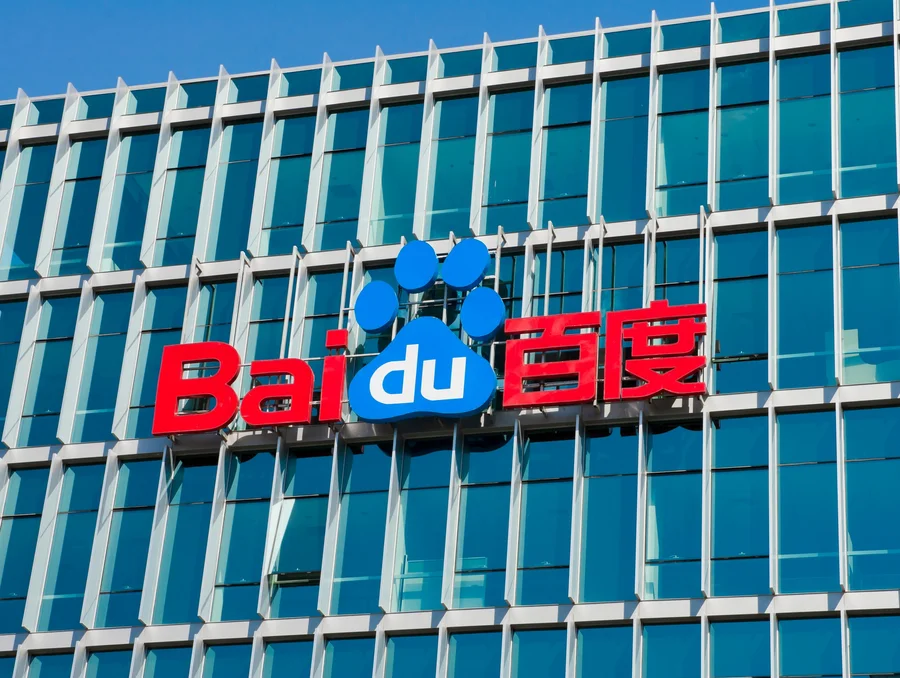Baidu unveils text-to-image generator & no-code application builder, shifting towards commercialisation of large language model technologies in the AI race.
As the competition for AI dominance intensifies, so has investment in its research and development.
This surge in AI innovation has led to the creation of large language models (LLMs), that are sophisticated AI systems capable of understanding and generating human-like text.
Yet whilst these technologies mature, tech firms are also increasingly focusing on commercialising their AI capabilities, seeking to integrate them into practical applications that can drive business growth and enhance user experiences.
Against this backdrop, Baidu, China’s leading search engine company, has announced a series of new AI-powered tools and applications to stay competitive in the AI race.
Baidu’s new AI offerings
At its annual Baidu World Conference, the company unveiled several new applications leveraging its AI technology
I-RAG
Among these is I-RAG, a text-to-image generator designed to address the “hallucination” issue often encountered in AI-generated images.
This problem refers to the creation of images that deviate from the input text or contain non-existent elements.
I-RAG leverages the company’s Ernie platform’s AI capabilities, which powers many of its AI applications.
Reuters says, according to Baidu’s CEO, Robin Li, the company’s Ernie platform, now handles 1.5 billion user queries and interactions daily.
This marks a significant increase from the 200 million daily requests reported in May, indicating rapid adoption of Baidu’s AI tools.
Miaoda
The company also introduced Miaoda, a tool that utilises Baidu’s LLM capabilities to generate code, enabling users to develop software applications without extensive coding expertise.
This no-code application builder represents a growing trend in the tech industry towards democratising software development.
Baidu’s commercialisation efforts have additionally largely centred around its AI agents, which allow users to create their own applications.
The company has integrated this technology into its existing product lineup and is offering it to external users via its cloud services.
AI glasses
In a move that combines AI with hardware, Baidu also unveiled a pair of glasses featuring a built-in AI assistant.
Developed by its hardware division, Xiaodu, these glasses are equipped with cameras to capture photos and videos and support voice interactions powered by the Ernie AI platform.
KEY FEATURE OF BAIDU’S AI-ENABLED GLASSES:
- Support voice interactions powered by Baidu’s Ernie AI model
- Integrate with Baidu’s suite of products like Maps and Baike
- Expected to be priced below Meta’s US$299 Ray-Ban smart glasses
- Developed by Baidu’s hardware division, Xiaodu
- Built-in cameras for capturing photos and videos
However, unlike some competitors, Reuters says that Baidu is not aiming to create a ‘super app’ based on AI.
This decision highlights the company’s distinct strategy in the competitive AI market, as unlike ByteDance, Baidu is focusing on integrating AI into existing products and developing specialised tools, rather than launching multiple standalone AI applications.
Global context and industry trends
The global AI market is projected to grow substantially in the coming years.
Baidu’s announcements come at a time when tech companies worldwide are racing to develop and commercialise AI technologies.
In the US for instance, companies like OpenAI, Google and Microsoft have made significant strides in LLM development and application.
OpenAI’s GPT (Generative Pre-trained Transformer) models, in particular, have set benchmarks in the industry.
As companies like Baidu continue to innovate and expand their AI offerings, the technology is likely to become increasingly integrated into various aspects of business and daily life.
However, this rapid advancement also raises important questions about data privacy, ethical AI use and the potential impact on employment in certain sectors.
Robin warned to Reuters last year that constantly redeveloping foundational large models represents “an enormous waste of social resources”, perhaps highlighting the battle between the development of AI as well its the consequences.



